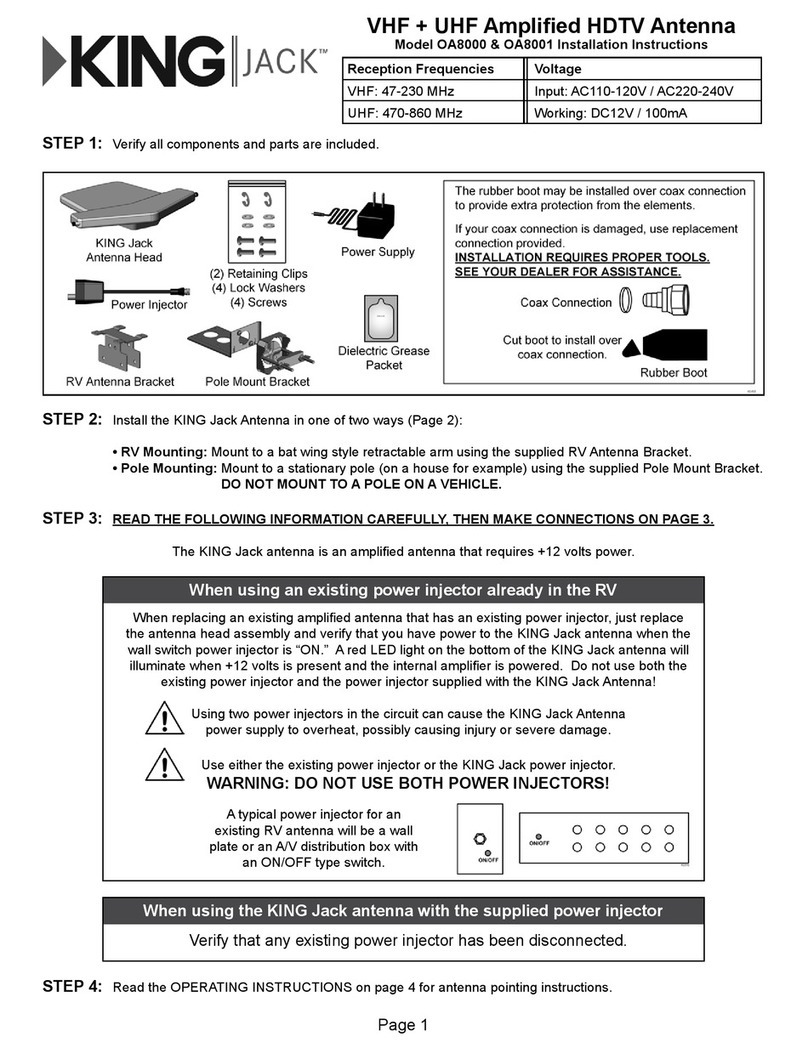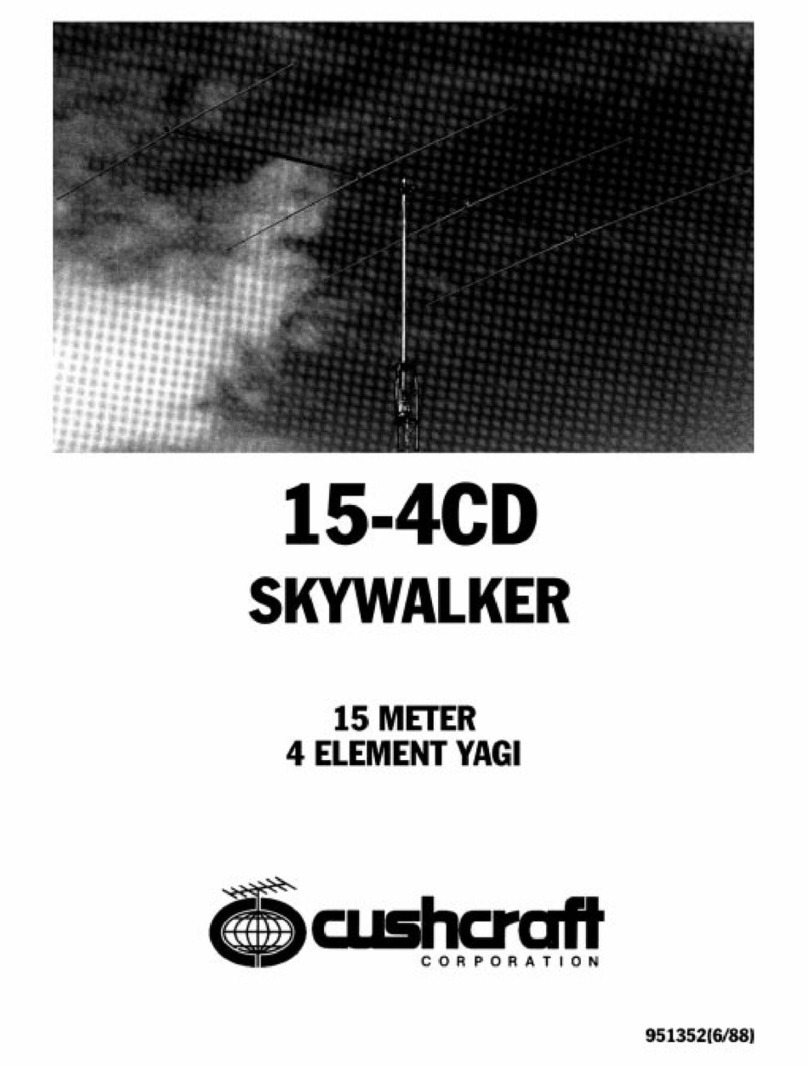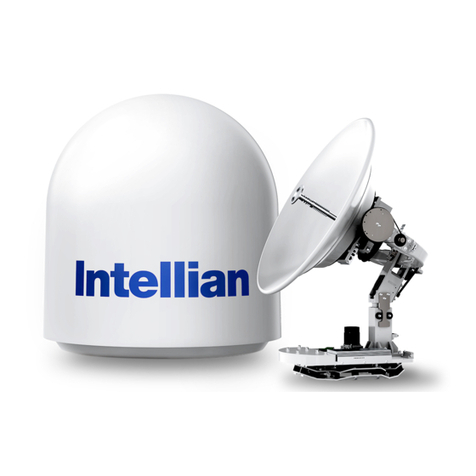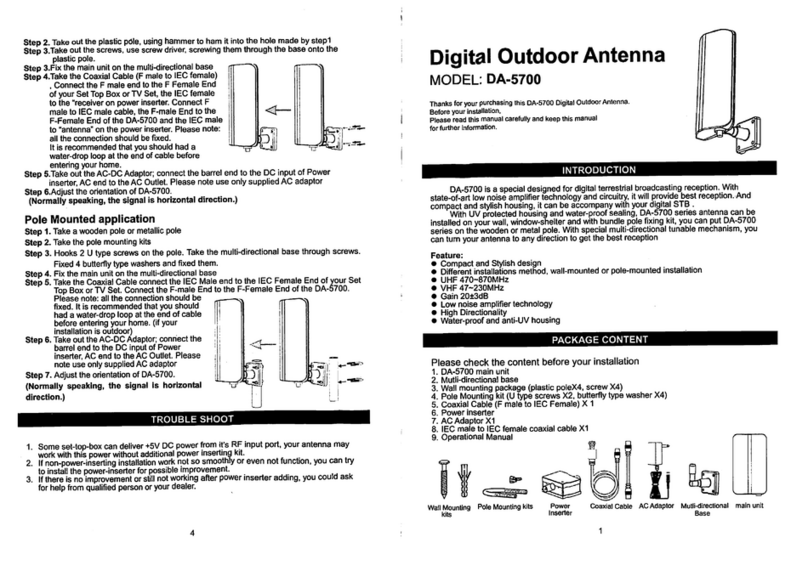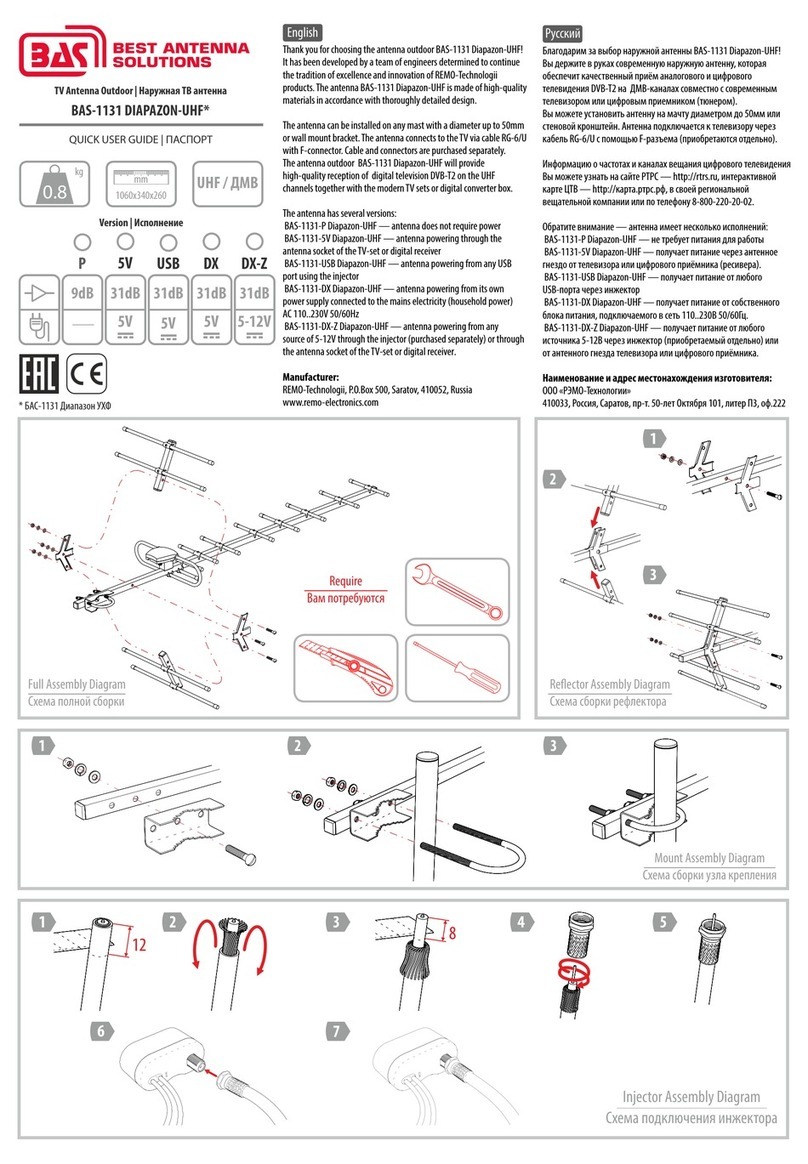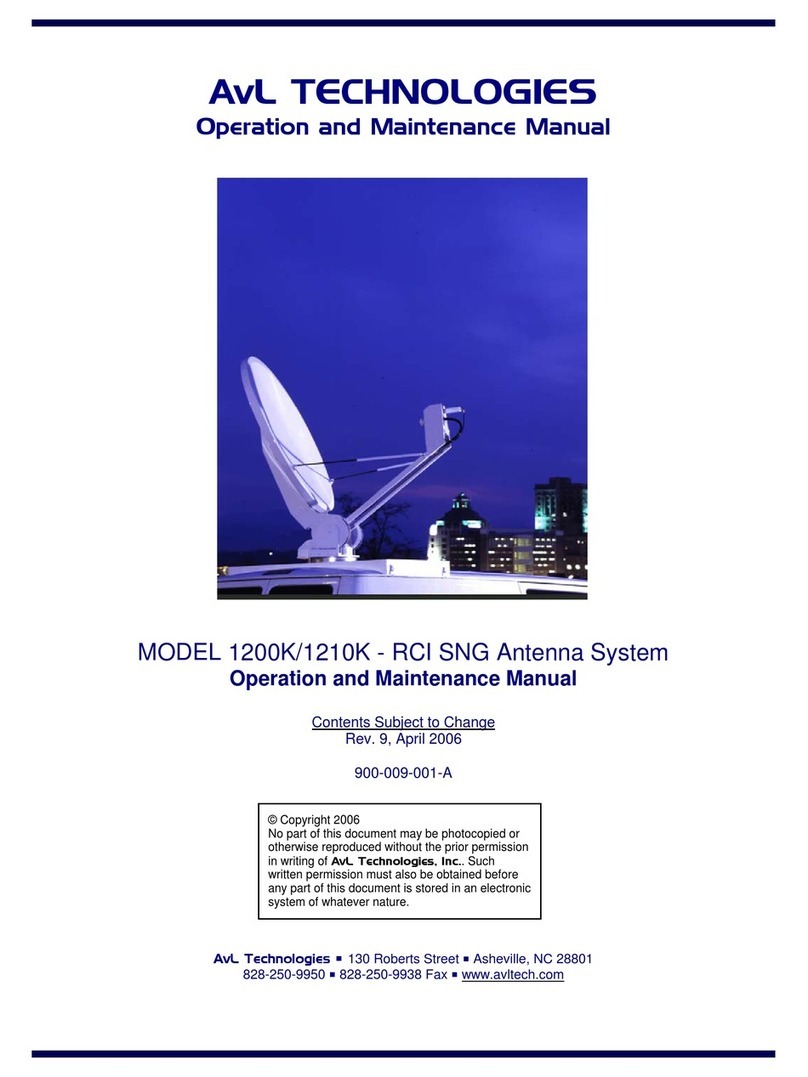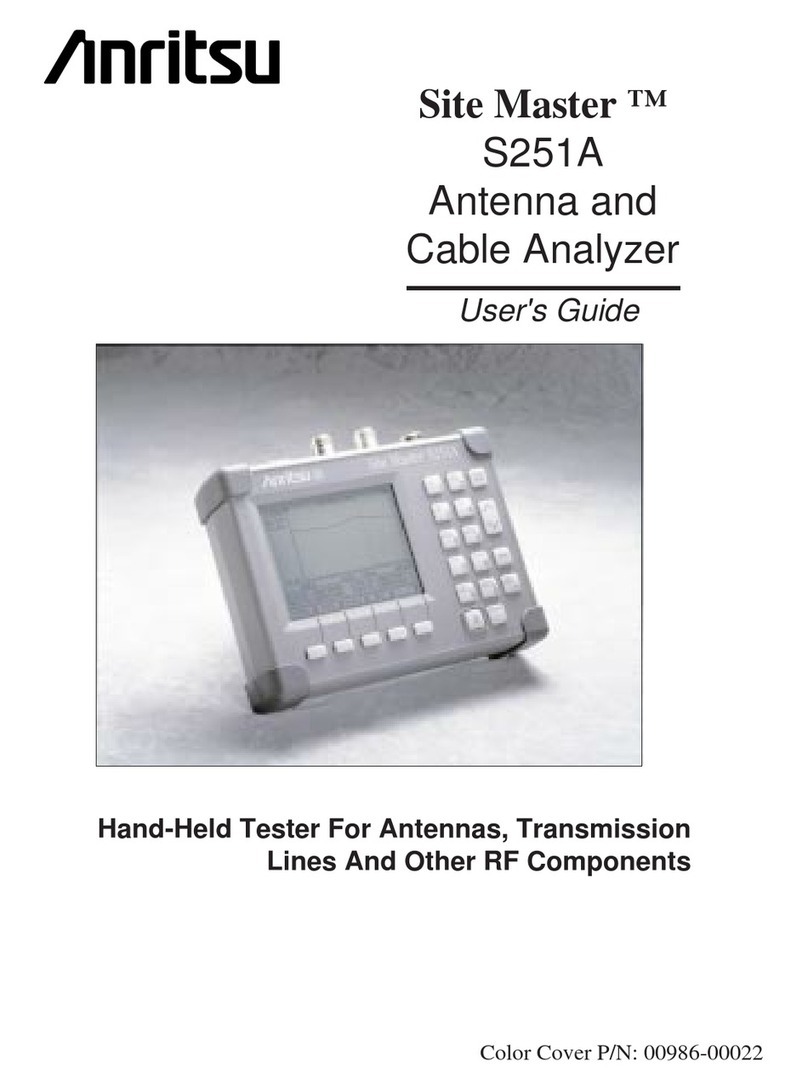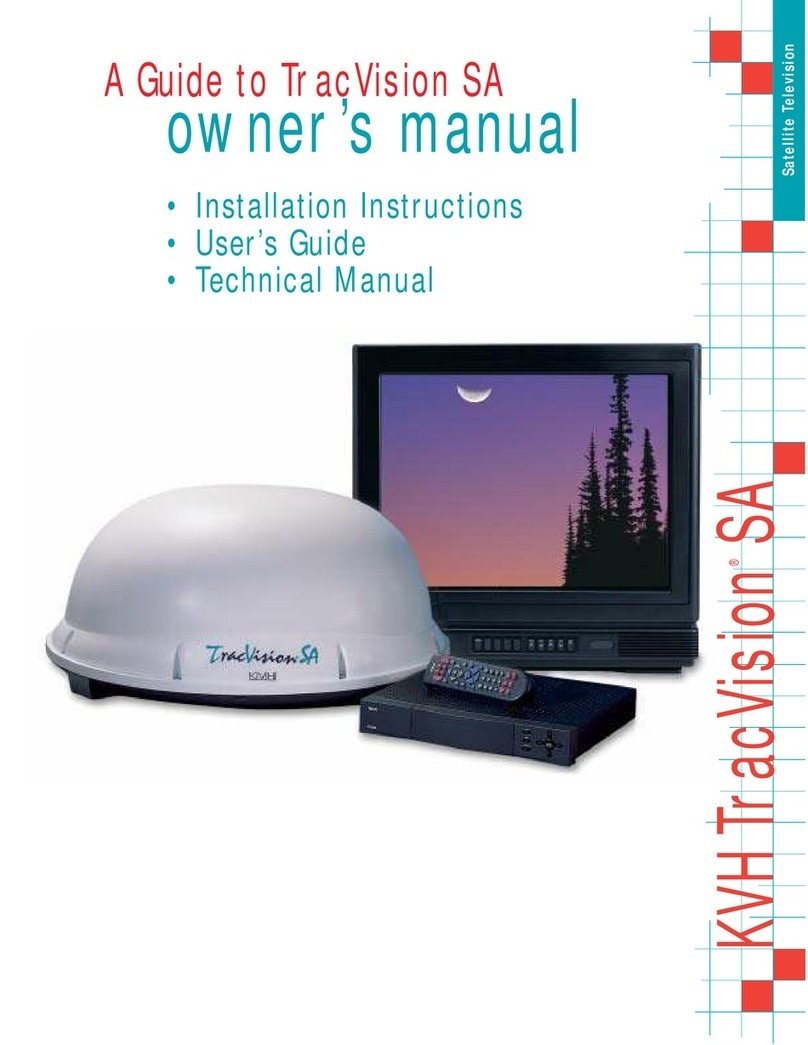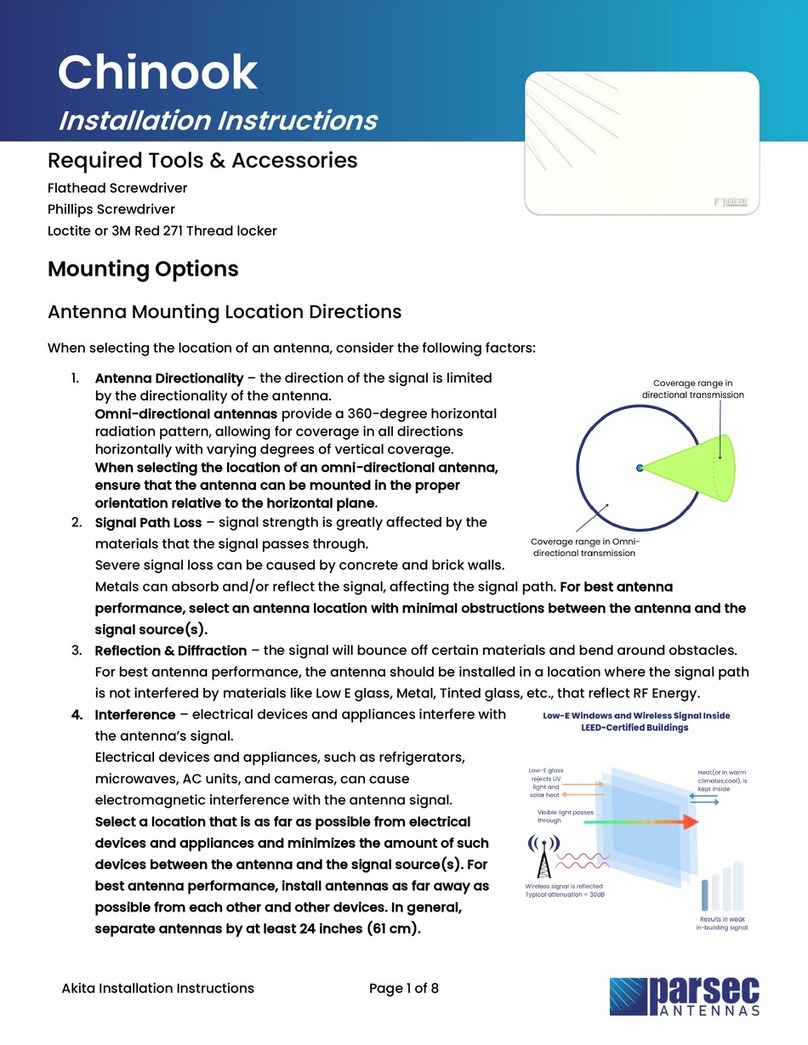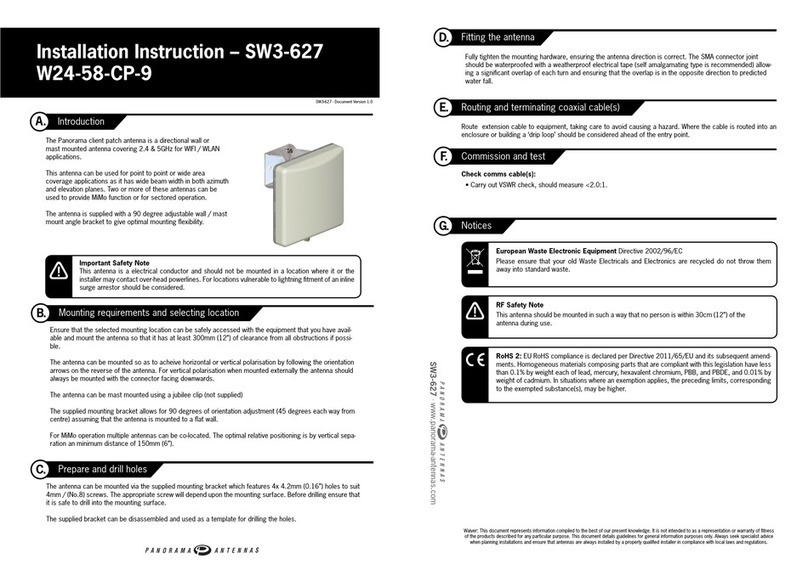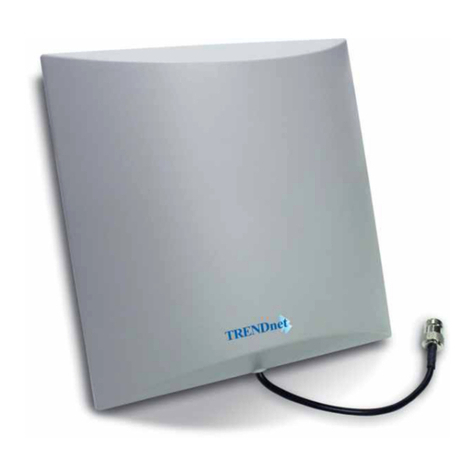
ii SpotCell 100, Release 1.0
LIMITED WARRANTY AND LIMITATION OF LIABILITY:
1. What is Covered and for How Long? Spotwave Wireless Inc. ("Spotwave") warrants to the original
Purchaser that the Spotwave SpotCell System (the "System") is free from defects in material and workmanship
under normal use and service for a period of 12 months from the date of shipment from Spotwave (the "Limited
Warranty Period").
2. What is not covered? This Limited Warranty is conditioned upon proper use of the System by the Purchaser.
This Limited Warranty does not cover (and will become null and void in the event of ): (a) defects or damage
resulting from accident, misuse, abuse, neglect, unusual physical, electrical or electromechanical stress,
modification of the System or any part thereof, or cosmetic damage; (b) removal, alteration or defacing of the
serial number or other identifying marks on the System; (c) all plastic surfaces and other externally exposed
components that are scratched or damaged due to normal use; (d) malfunctions resulting from the use of the
System in conjunction with accessories, products or (ancillary) or peripheral equipment not provided by
Spotwave; or (e) defects or damage from unauthorized or improper testing, operation, maintenance, installation,
servicing or adjustment of the System. Any repairs or replacements provided by Spotwave outside of the Limited
Warranty Period (including repairs to or replacement after the end of the Warranty Period), or in excess of the
services provided during the Limited Warranty Period, will subject to Spotwave's then prevailing rates.
3. What are Spotwave's Obligations and how do you make a claim? During the Limited Warranty Period,
Spotwave will repair or replace, at Spotwave's sole option, without charge to Purchaser, any defective component
of the System, provided that the System is returned promptly upon discovery of the defect and during the Limited
Warranty Period. To obtain service, Systems must be returned to an authorized service facility in the original
packaging or packaging adequate for shipping, accompanied by Purchaser's sales receipt or comparable substitute
proof of sale showing the date of purchase and the serial number of the System. A valid RMA is required prior to
any return.
To locate your nearest authorized service facility, call Spotwave Customer Service at 1-877-610-9586.
Spotwave may, at Spotwave's sole option, use rebuilt, reconditioned, or new parts or components when repairing
any System or replace a System with a rebuilt, reconditioned or new System. Repaired Systems will be warranted
for a period equal to the remainder of the original Limited Warranty Period for the original System or for 90 days,
whichever is longer. All replaced parts, components, boards or equipment shall become the property of Spotwave.
If Spotwave determines that any System is not covered by this Limited Warranty, Purchaser must pay the costs for
all parts, shipping, and labor charges for the repair or return of such System.
4. What are the Limits on Spotwave's Liability? EXCEPT FOR THE WARRANTY IN PARAGRAPH 1,
THE SYSTEMS AND ANY ASSOCIATED SERVICES ARE PROVIDED BY SPOTWAVE ON AS 'AS IS'
BASIS AND THERE ARE NO OTHER REPRESENTATIONS, WARRANTIES OR CONDITIONS,
,EXPRESS OR IMPLIED, WRITTEN OR ORAL, ARISING BY STATUTE, OPERATION OF LAW,
COURSE OF DEALING, USAGE OF TRADE OR OTHERWISE, REGARDING THEM OR ANY OTHER
PRODUCT OR SERVICE PROVIDED HEREUNDER OR IN CONNECTION HEREWITH BY
SPOTWAVE. SPOTWAVE DISCLAIMS ANY IMPLIED WARRANTIES OR CONDITIONS OF
DURABILITY, MERCHANT ABILITY, MERCHANTABLE QUALITY, SATISFACTORY QUALITY, NON-
INFRINGEMENT OR FITNESS FOR A PARTICULAR PURPOSE. SPOTWAVE DOES NOT
REPRESENT OR WARRANT THAT THE SYSTEMS WILL MEET ANY OR ALL OF PURCHASERS'
PARTICULAR REQUIREMENTS, THAT THE SYSTEMS WILL OPERATE ERROR-FREE OR
UNINTERRUPTED OR THAT ALL ERRORS OR DEFECTS IN THE SYSTEMS CAN BE FOUND TO
BE CORRECTED. System performance is dependant upon the performance and availability of services or
technology provided by third parties and Spotwave is not responsible for service continuity and reliability,
reception, or other performance related limitations associated with use of the Systems. NO AGREEMENTS
VARYING OR EXTENDING THE TERMS OF THIS LIMITED WARRANTY WILL BE BINDING ON
SPOTWAVE UNLESS IN WRITING AND SIGNED BY AN AUTHORIZED SIGNING OFFICER OF
SPOTWAVE THIS LIMITED WARRANTY SHALL NOT EXTEND TO ANYONE OTHER THAN THE
ORIGINAL PURCHASER OF THE SYSTEM. SPOTWAVE'S MAXIMUM AGGREGATE LIABILITY TO
PURCHASER SHALL NOT EXCEED THE AMOUNTS PAID BY PURCHASER FOR THE SYSTEM
GIVING RISE TO THE CLAIM. SPOTWAVE SHALL NOT BE LIABLE FOR ANY SPECIAL,
INCIDENTAL, CONSEQUENTIAL, INDIRECT OR SIMILAR DAMAGES, LOSS OF USE, DATA OR
PROFITS, DAMAGES TO PURCHASER'S PROPERTY, OR INJURY TO PURCHASER OR OTHERS
ARISING OUT OF THE USE, MISUSE OR INABILITY TO USE ANY SYSTEM, WHETHER OR NOT
SUCH DAMAGE ARISES OUT OF CONTRACT OR TORT (INCLUDING WITHOUT LIMITATION,
NEGLIGENCE) OR CLAIMS BY A THIRD PARTY, EVEN IF SPOTWAVE HAS BEEN ADVISED OF
SUCH DAMAGES OR THEY ARE FORESEEABLE




















